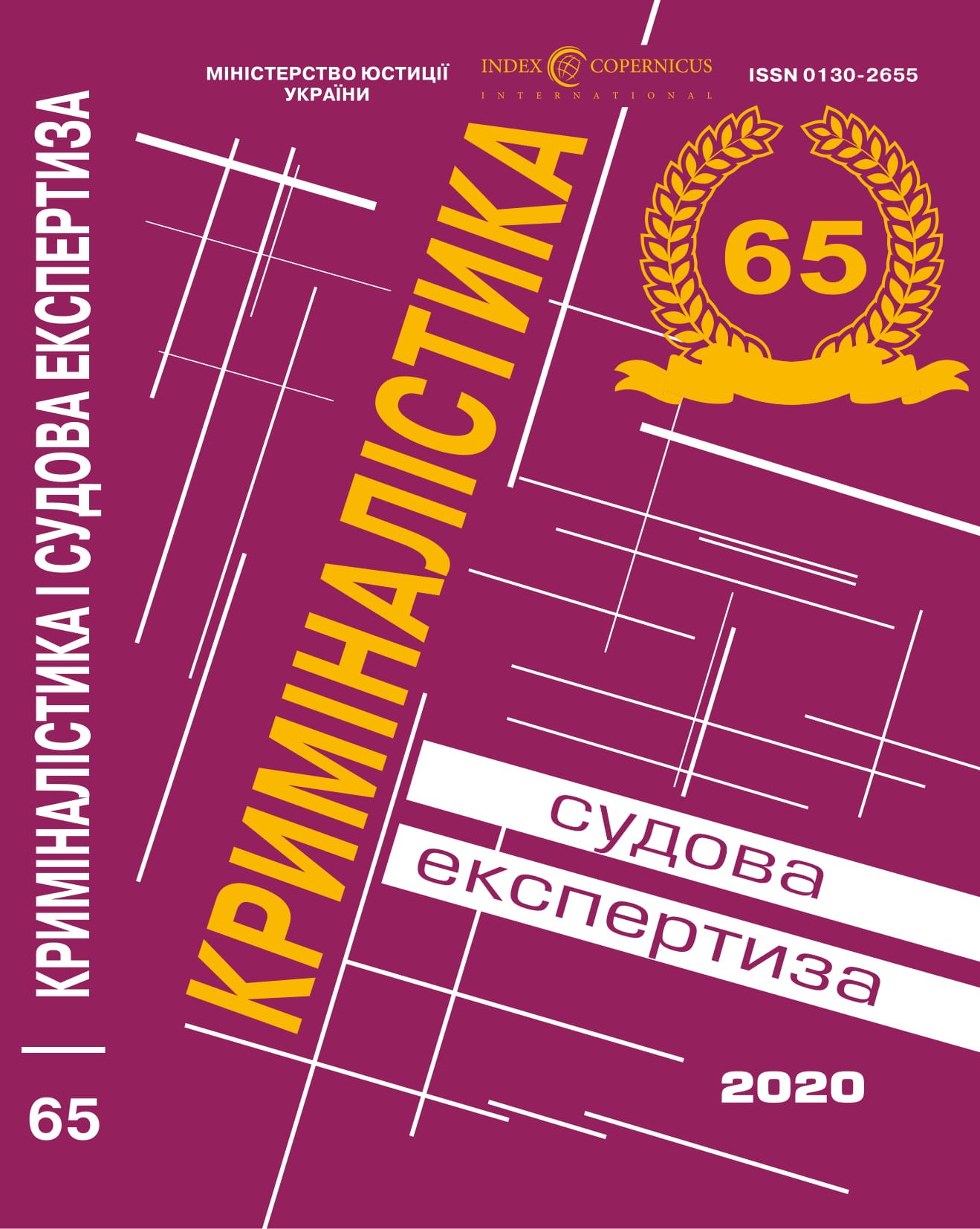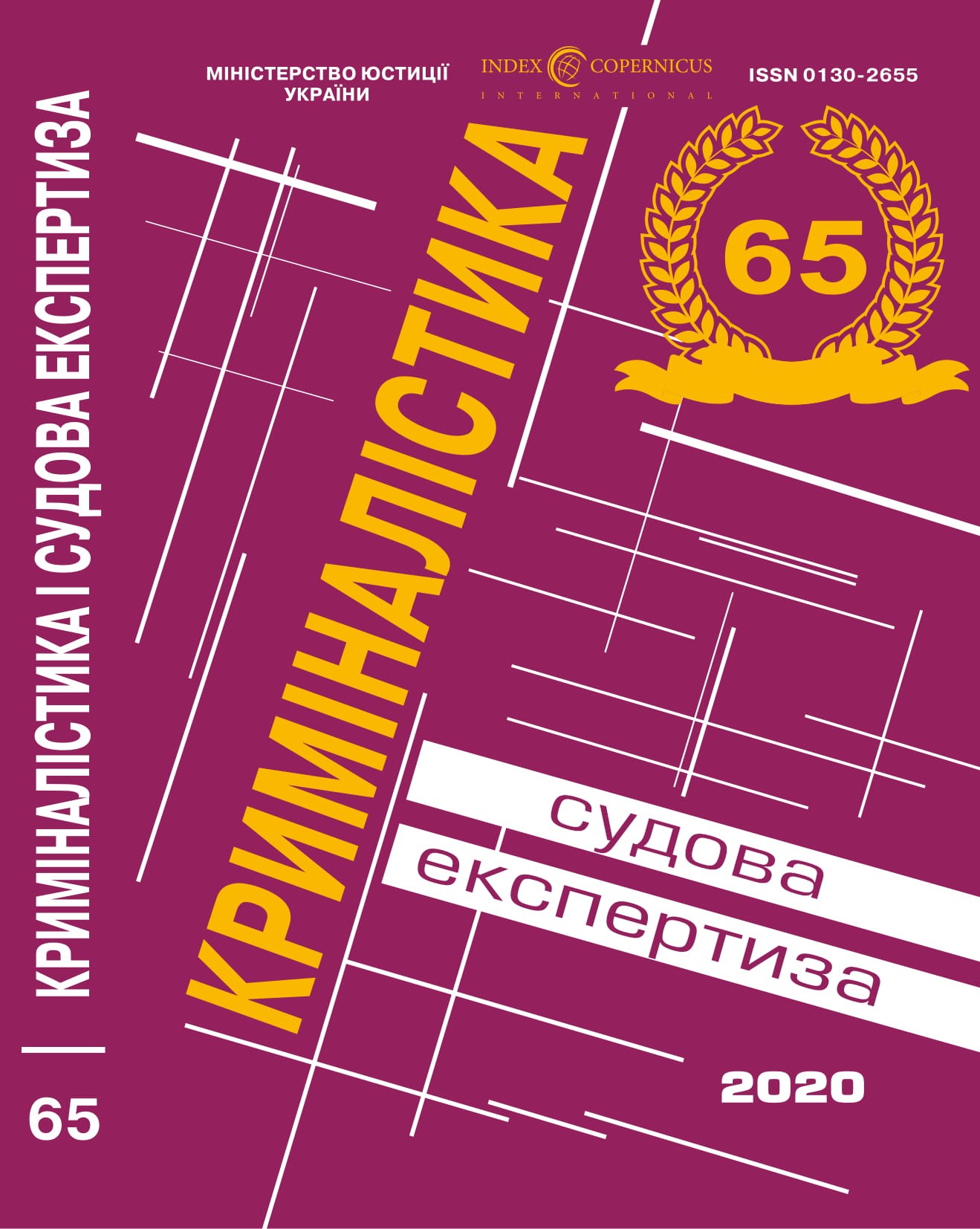R. Pertsev
The development of science and technology has had a positive effect on the detection and investigation of crimes. More and more, knowledge from various fields of science is used in the form of forensic to clarify the circumstances to be proved in cases pending before the preliminary investigation bodies or the court.
The use of forensic knowledge at different stages of the criminal process acquires particular relevance in connection with the need to harmonize the criminal procedural mechanism and introduce European and international standards into it.
For the further development of forensic science, increasing crime detection, as well as combating crime, the following aspects should be considered:
1. Creation of a legal platform for replenishing existing forensic records (DNA profiles, fingerprints) with new types, such as fixation of the iris retina, video computer recognition of a person by facial image and movement patterns, as well as development of confidentiality standards for information storage.
2. Application of the latest advanced achievements in the field of forensic technology, the development of new forensic techniques for the study of various objects and their adaptation to the needs of specific forensic activities.
3. Introduction and development of such a concept as forensic intelligence in pre-trial investigation, which will allow – make the most efficient use of information received from the scene, – to reduce the processing time of the received information through the development of intelligent technology, – create a platform for cooperation between units of pre-trial investigation for the rapid exchange of information and more complete use of all available resources for identifying a criminal, solving crimes and further transferring the case to court.
Of course, the development of forensic science is an important and priority area for scientists and experts in this area, deserving attention and study of this area.
Key words: the development of forensic science, legal regulation, forensic technology, forensic accounting, innovative technologies, forensic intelligence.



